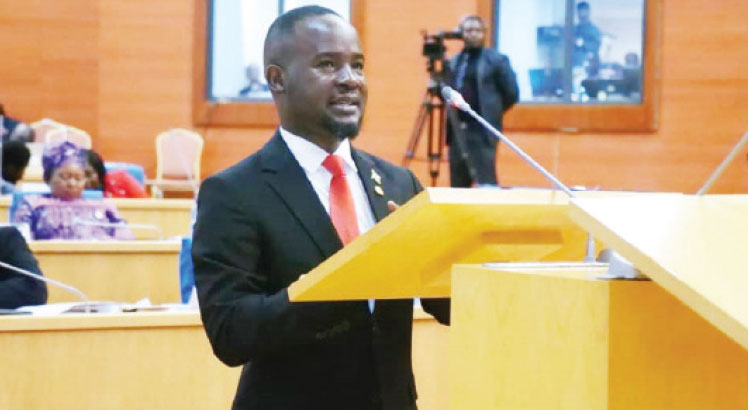Analysts cautious on borrowing plan
Treasury’s borrowing plan from the domestic debt market has come under spotlight with analysts and businesses arguing the move could destabilise the already fragile macroeconomic environment.
Treasury plans to borrow K628.07 billion from the domestic market through treasury securities in this second quarter (Q2) of the 2023/24 financial year, a development that is expected to further bloat government’s domestic debt.

According to a debt issuance calendar issued by the Reserve Bank of Malawi (RBM), Treasury plans to borrow K102.46 billion through treasury bills and K525.61 billion through treasury notes between July and September.
The figure is about half of the K1.187 trillion that the government plans to borrow from the domestic market in the 2022/23 financial year which started on April 1.
In the first quarter of this financial year, Treasury already planned to borrow K685.08 billion through treasury bills and notes.
But Catholic University of Malawi economics lecturer Hopkins Kawaye in an interview feared the current borrowing plan points to a debt crisis.
He said: “This has the potential to raise interest rates, drive out private investors and in the end, investors will lose confidence in the country’s fiscal position.”
Financial services strategist Misheck Esau also observed that the huge government borrowing is coming at the expense of the private sector which is now struggling to access loans.
He observed that banks are now mostly lending to the government at the expense of investment in productive sectors, yet foreign exchange is generated by the private sector.
Esau said: “Small and medium enterprises lending should be given a better risk weight as this will spur production unlike lending to consuming government and its agencies, which instead creates heavy demand for forex.”
Chamber for Small and Medium Business Association executive secretary James Chiutsi also indicated that the huge government borrowing appetite is making banks consider the private sector as less lucrative, as they have a ready market with the government.
“For years, financial institutions have looked at the SME sector as high risk, and have perpetually avoided them. Now that the government is giving them huge business, the incentive to create more affordable financing products for SMEs obviously is not there,” he said.
Earlier, Malawi Confederation of Chambers of Commerce and Industry president Lekani Katandula said businesses are experiencing the crowding out effect.
He said banks, as private businesses, are now attracted to the fairly attractive interest rates as government debt grows at the expense of more risky lending to the private sector.
Meanwhile, government’s domestic debt uptake by the banking sector remains high at over 65 percent, according to audited financial statements from banks and World Bank calculations.
In recent times, domestic borrowing has continued to expand through treasury securities as the government has been implementing a deliberate strategy to lengthen the maturity profile of domestic debt.
Meanwhile, in view of the widening budget deficit, projected to reach 8.8 percent of the gross domestic product (GDP) in this financial year, government borrowing, especially from the domestic market has been on the rise.
Malawi’s public debt stands at K7.9 trillion as at December 2022, up from K7.3 trillion in September 2022 with domestic debt estimated at K4.43 trillion while K3.47 trillion is external debt.
Meanwhile, Minister of Finance and Economic Affairs Sosten Gwengwe is on record as having said that the government wants to reduce the financing gap by a percentage point every fiscal year until the gap closes in the medium-term by living within our means through cuts, expenditure controls, and efficiency in public service delivery.





